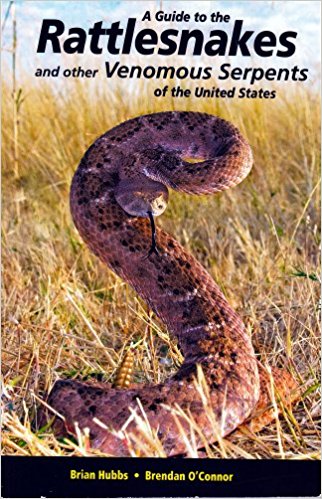| Range: |
 |
| Other Names: |
Western Rattlesnake, Plains Rattlesnake, Black Rattler, Common Rattlesnake, Confluent Rattlesnake, Large Prairie Rattlesnake, Missouri Rattlesnake, Spotted Rattlesnake, Green Prairie Rattlesnake |
| Description: |
This is probably the most common rattlesnake in New Mexico. This is a
large rattlesnake 24" to 64". Body coloration is variable. They can be
olive, dull yellow, gray-brown, pinkish, or orange-brown. A series of
large, dark blotches, often with thin white edges, runs the length of
the back. Two rows of small blotches line each side. The blotches turn into banding of ground color and blotch color right before the rattle. Head markings are
usually striking and include dark bars extending from the eye to the
corner of the mouth. A dark bar often extends across the top of the
head between the eyes. The pupils are vertical. The scales are keeled.
Their head is broad and triangular. |
| Similar Species: |
Arizona Black Rattlesnake has 4 or more internasal scales and much darker ground color. Blacktails (Eastern and Northern) have solid black tails before the rattle, sometimes some white will show through,but it is not the ground color as in C. viridis. Mojaves and Western Diamondbacks both have black and white banding on the tail before the rattle. |
| Venom: |
Venomous |
| Habitat: |
This rattlesnake is found in a variety of habitats desert scrub,
plains grassland, and the lower reaches of conifer woodland. It is
often encountered near features such as rock outcroppings and low
ridges but it is also inhabits featureless plains. |
| Behavior: |
It is primarily nocturnal and crepuscular during the hot summer months
and diurnal in spring and on mild or overcast summer days |
| Hibernation: |
Hibernates alone and in communal dens. Known to hibernate with Western Diamondbacks (C. atrox), Gophersnakes (Pituophis catenefir), Coachwhips (Masticophis flagellum) and Striped Whipsnakes (Masticophis taeniatus). |
| Reproduction: |
Is live-bearing, has as many as 2-25 offspring. The mother will stay with young for a short while after the babies are born. Bill Gorum observed a male hanging around a gravid female, presumably waiting for her to have the babies so that he could mate with her. |
| Diet: |
Feeds on mice, rats, small mammals, birds, and lizards. |
Authored by: Garth Teitjen
Sources:




|



























